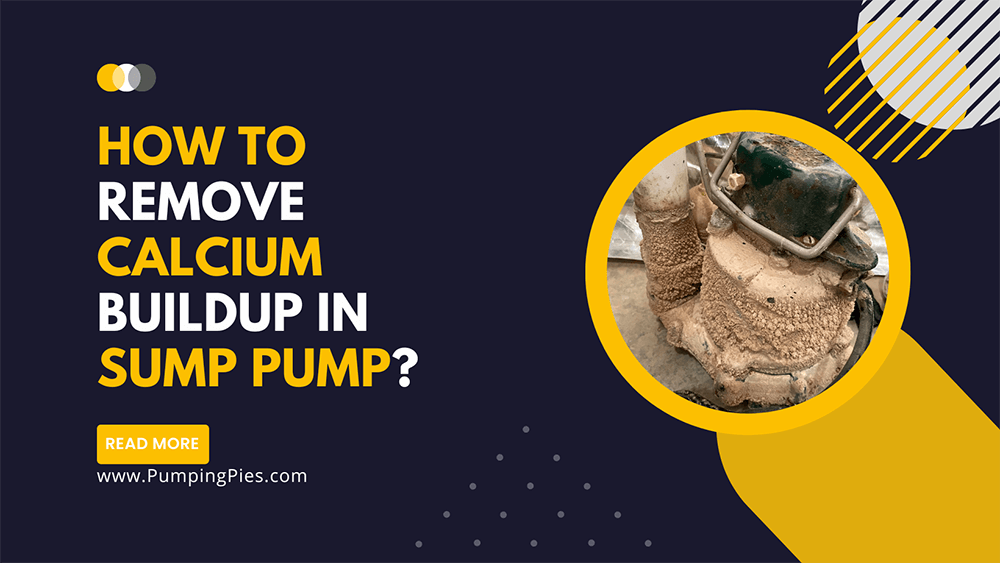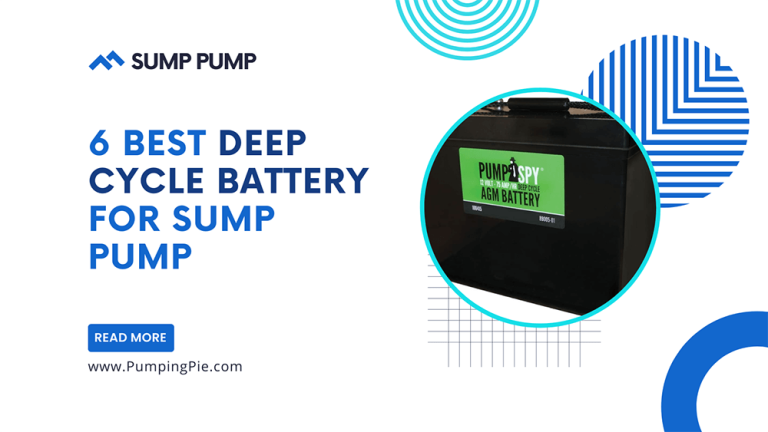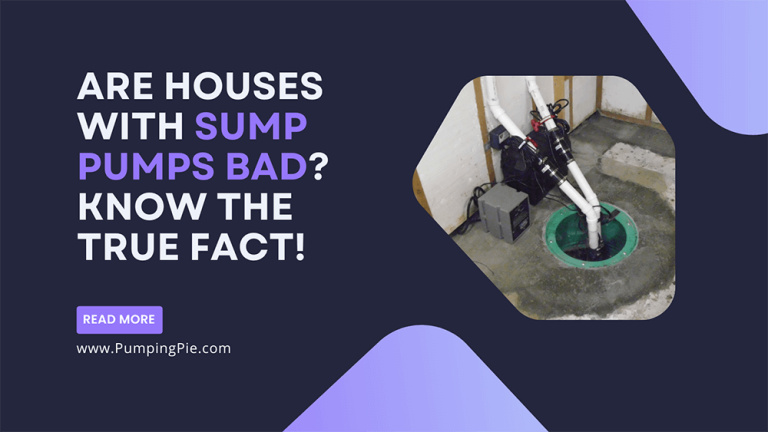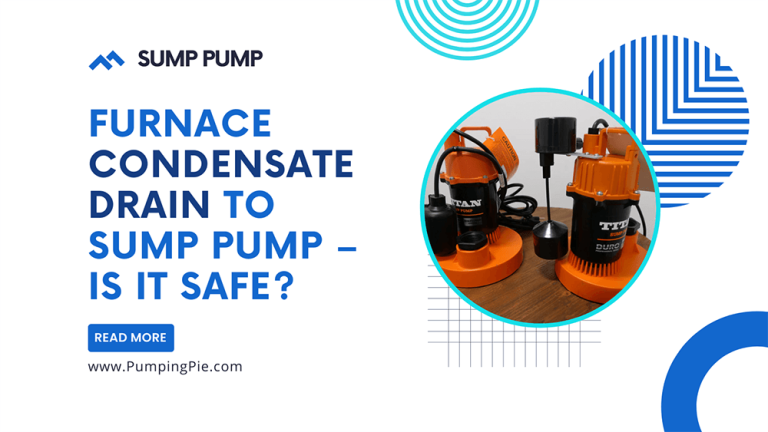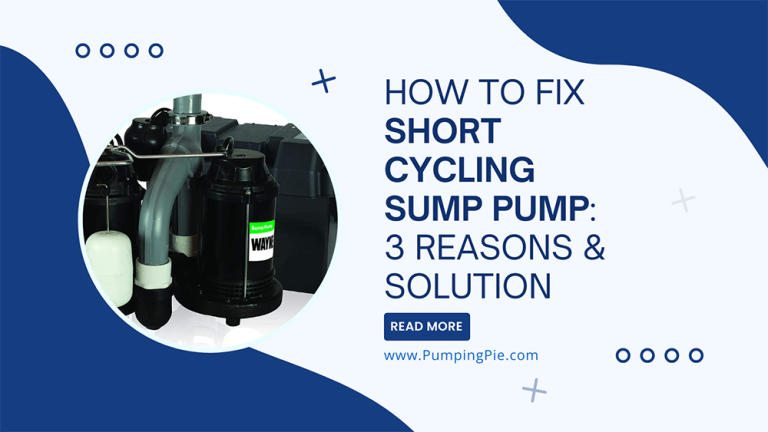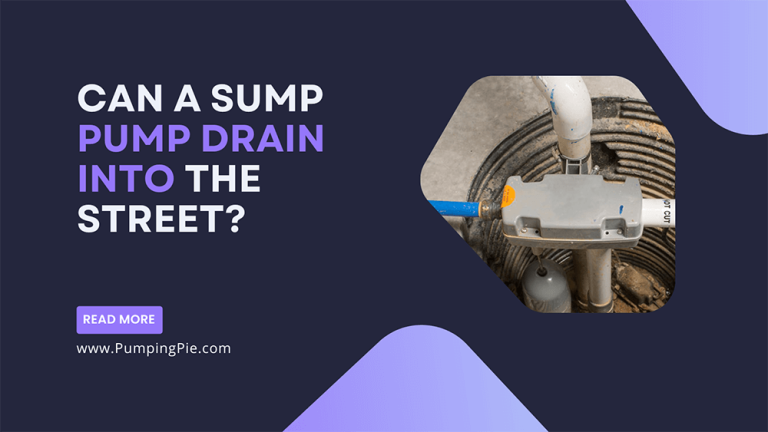How To Remove Calcium Buildup In Sump Pump?
A sump pump is the beating heart of the house as it prevents flooding and delivers backup during rainfall. But its water collecting and removing job can be disturbed or stopped if it causes calcium build-up due to cycling through water all day.
So if you don’t know how to remove calcium buildup in sump pump, your pump will no longer be helpful.
Luckily, you can stop calcium build-up in the sump pump in plenty of ways, including using white vinegar, various chemicals, or installing a water softener.
We’ve described all these methods so you can prevent calcium build-up in your sump pump based on your preferences and budget.
Contents
How To Remove Calcium Buildup in Sump Pump?
Calcium build-up in the sump pump is a common problem, especially for houses constructed on top of crushed concrete. Despite this, calcium ions combine with CO2 and are impulsive as calcium carbonate scale.
The balance between the calcium carbonate scale and the ionic dissolved calcium ions depends on PH. If there’s more alkaline presence in the water, it’ll form a more calcium carbonate scale. It means using water with a pH of more than 7 greatly affects calcium building in the sump pump.
Let’s get the methods in detail.
Using White Vinegar

Pouring some white into the basin is an efficient and convenient way to prevent calcium build-up in the sump pump. It effectively breaks up calcium in the water and prevents it from causing problems.
It’s a part of the yearly maintenance of the sump pump to keep it in the utmost condition. The better you apply the process, the less you’ll need to repeat it.
Essentials require:
- 1 ½ gallon of vinegar
- A bucket
- Five gallons of hot water
Remove the Sump Pump from the Pit
Start by disconnecting the sump pump from the power source to prevent water from backing up into the basement. Then remove the pump from the pit.
Soak the Pump with Vinegar-Water Solution
Prepare a solution of one gallon of vinegar and two gallons of hot water in a bucket. Then pour half of the mixture into the pump and wait for 15-20 minutes so the solution can loosen the debris. Now rinse the sump pump using warm water to break up the remaining grime.
Don’t worry about the odor, as consistent flows of water through the pipe will wash away the remaining vinegar. After allowing the vinegar to soak, pour hot water into the drainage and clean away the solution.
Turn On the Sump Pump
Reconnect the pump’s discharge pipe, insert the battery and alarm, and switch on the pump. The pump should start running a cycle. Run a few cycles to flush the entire system.
Using Chemical
You can apply the chemical treatment to the sump pump affected by calcium. There are lots of affordable anti-scale chemicals out there that can remove completely blocked deposits.
For example, you can use Triple7 Enviroscale and Triple7 Heavy Duty Combo as these are non-toxic and don’t contain any harsh acids. The process is:
Safety measurement
This non-toxic and low-corrosion chemical can cause gentle irritation, especially if it comes into contact with bare skin for a long time. So wear your protective glasses and gloves.
Disconnect Pump
Disconnect the component that you want to treat. Open up the valves and other apertures so the chemical can enter them. However, you don’t need to disassemble the pump.
Pre-Soak
Find out the place where the calcium builds up most and soak the area in a hot solution of 10% chemical for around 10 hours. This will let the de-scaling agent circulate through the whole area of the equipment.
De-Scale Soak and Observe
After soaking the pump and pipes for 8 to 10 hours, the calcium build-up should vanish. Agitation increases the scale removal rate significantly. If you can, run the pump in a bath of de-scaling solution.
Then check the pH level using test strips and apply some Triple7 Heavy Duty to the mixture if you find a pH level over 3.
Flush and Dispose
Flush the entire component using fresh water until the pH level increases to over 6. Dispose of the used solution through the wastewater system.
Re-install the Pumps
Re-assembles all the components and runs a cycler.
Installing Water Softener
A water softener is also an effective way to prevent calcium build-up in a sump pump and maximize its longevity. However, depending on the type of system, installing a home water softener can cost anywhere from $500 to $6,000, including materials and labor.
It also requires a professional plumber’s help. This means this effortless method will reward you only if you can afford the budget.
Installing a water softener to prevent calcium build-up in the sump pump has some limitations as well. Many sump pump manufacturers discourage discharging brine from water softeners into the sump pit.
The pump and its components aren’t designed for exposure to salt water and the salt water’s corrosive action can damage the rubber seals, stainless steel pump shaft, cast-iron pump body, and the pump impeller. Despite this, discharging brine into the sump pump also voids its warranty.
FAQs
Why does the sump pump clog frequently?
The mechanical components of a sump pump can become dirty and clogged eventually, particularly if it is placed directly against the bottom of a dirty sump pit. The float switch that turns the sump pump on and off can also be jammed or clogged.
How often should you clean the sump pump?
It’s advisable to clean the sump pump every 3 to 4 months to prepare it for the next season. The water level changes every season and the sump pump needs to go through heavy to light cycles.
What causes calcium to build up in the sump pump?
The continuous flow of hard water or water with high mineral content like calcium, magnesium, or potassium causes calcium build-up in the sump pump. Plus, leaving calcium build-up unresolved in the pump can end up causing corrosion or blockages.
Final Words
Cleaning the sump pump regularly means doing enormous favors to a home. Since you can’t change the pH of flooding water or rainwater, calcium build-up can occur over time in your sump pump.
That’s why knowing how to remove calcium buildup in sump pump is crucial. Luckily, now you have multiple methods to keep your sump pump in optimum condition and restore its productivity even if it is clogged due to calcium build-up.
As an Amazon Associate, I earn from qualifying purchases.

